New book by Cork author looks at part of our history that’s often overlooked
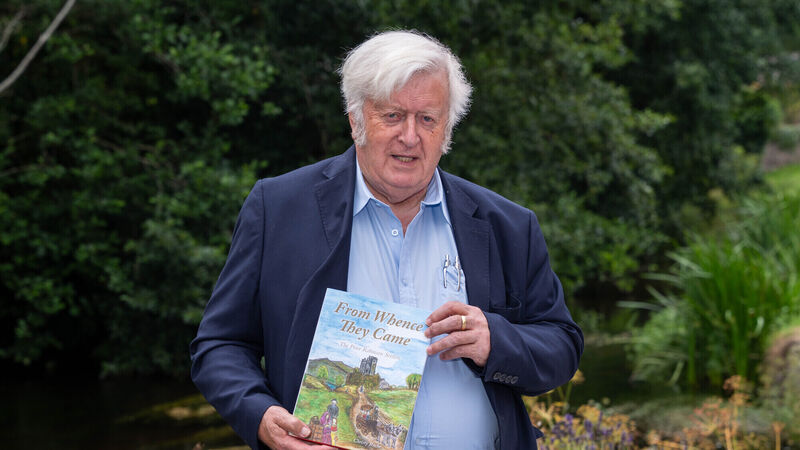
Christy Roche with a copy of his book at its launch at The Old Mill, Castletownroche. Pictures: Noel Sweeney
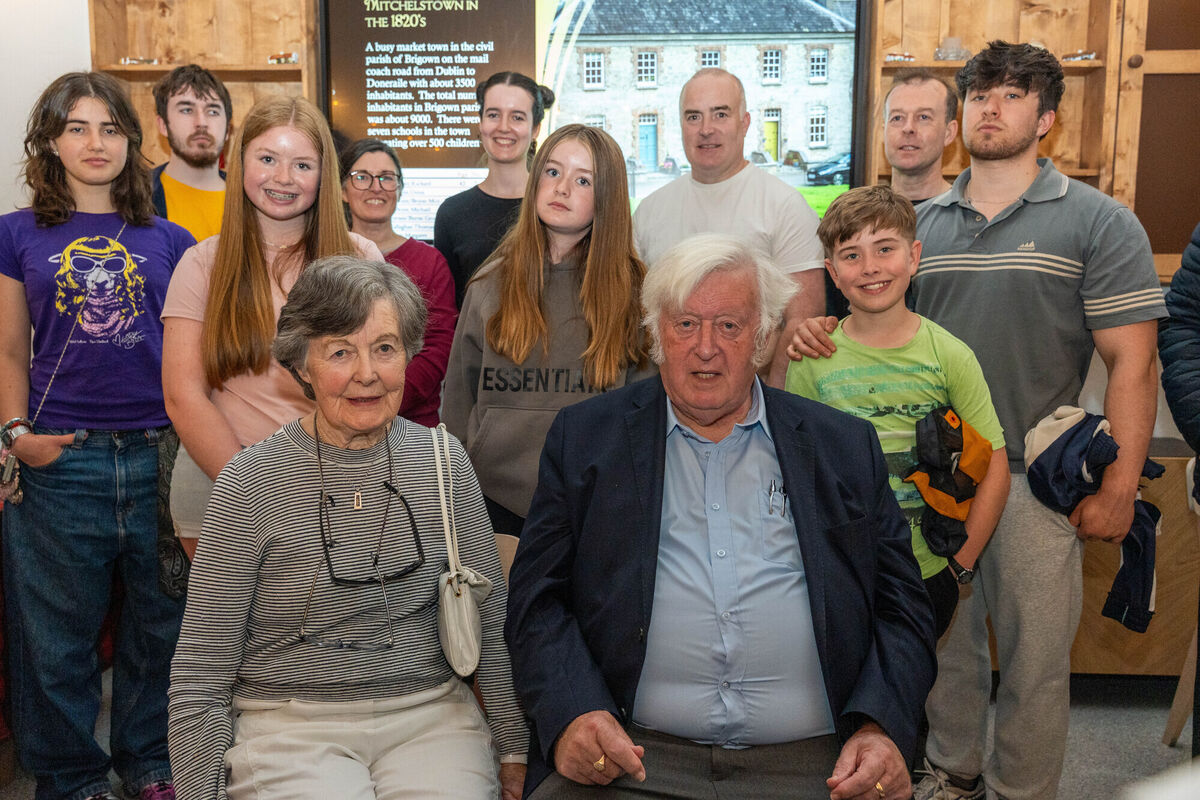
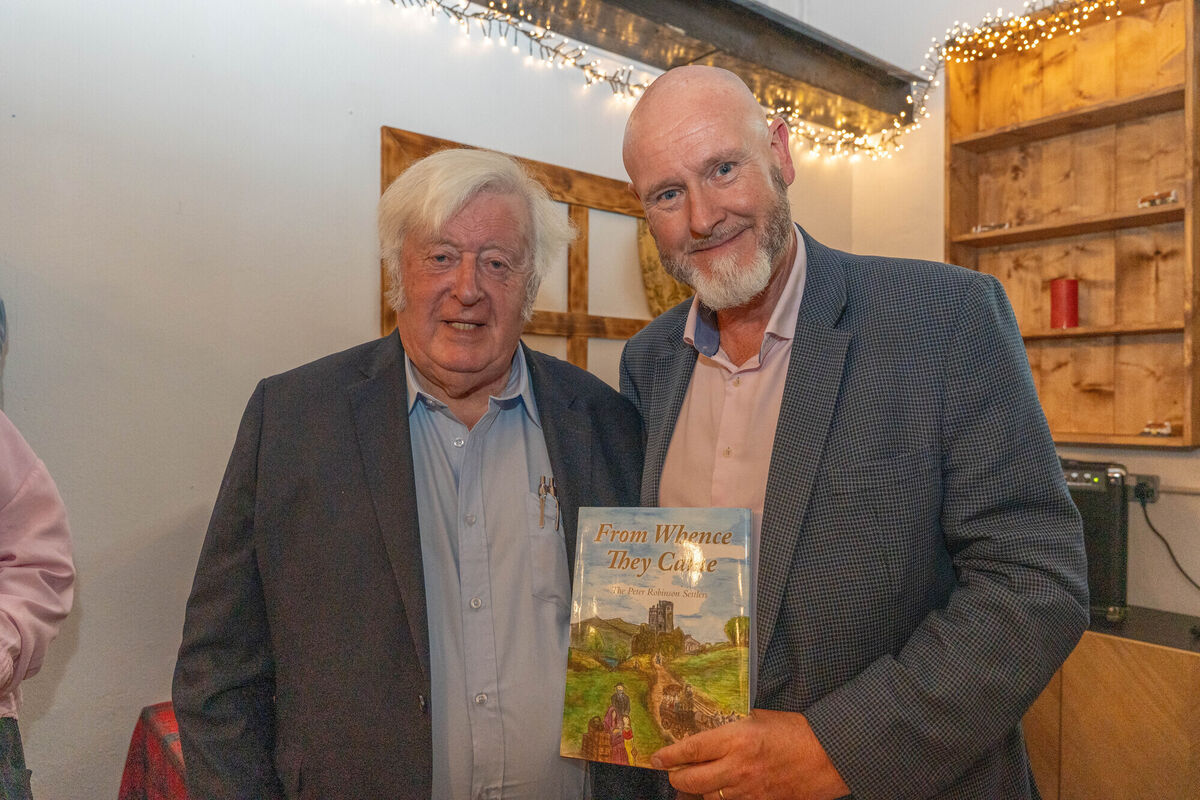
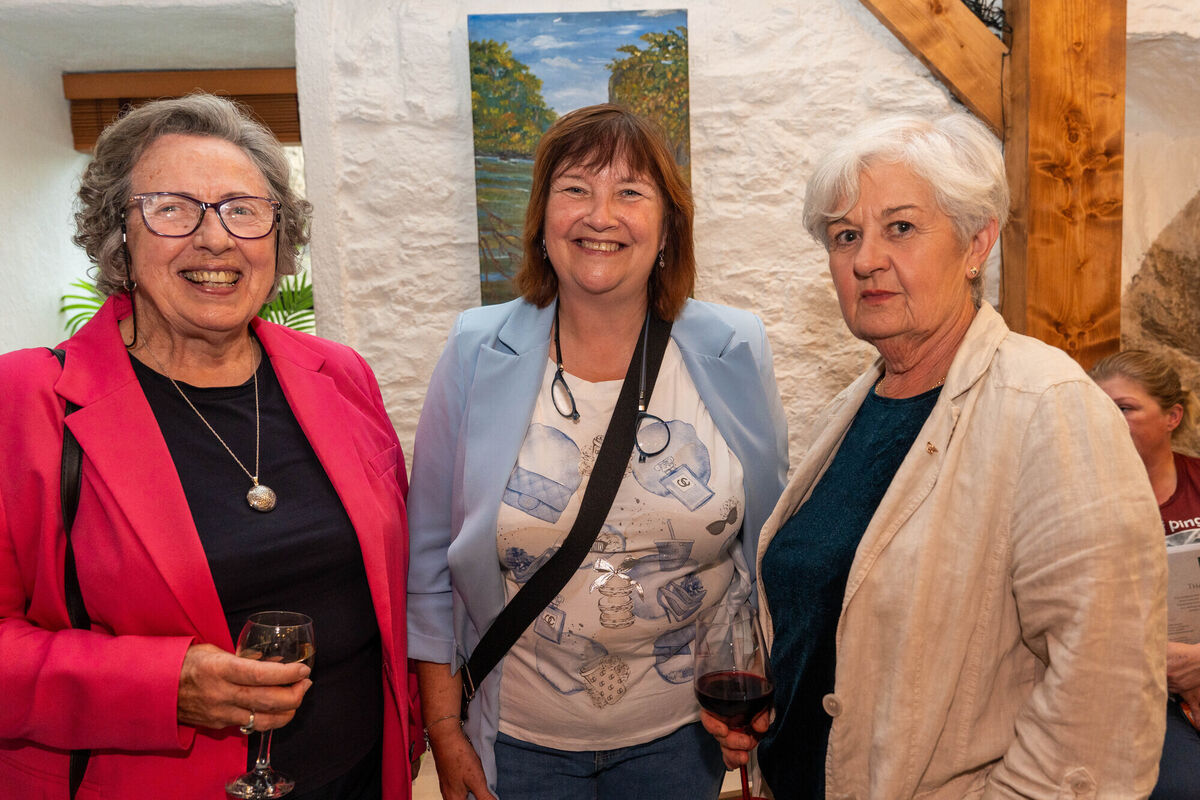
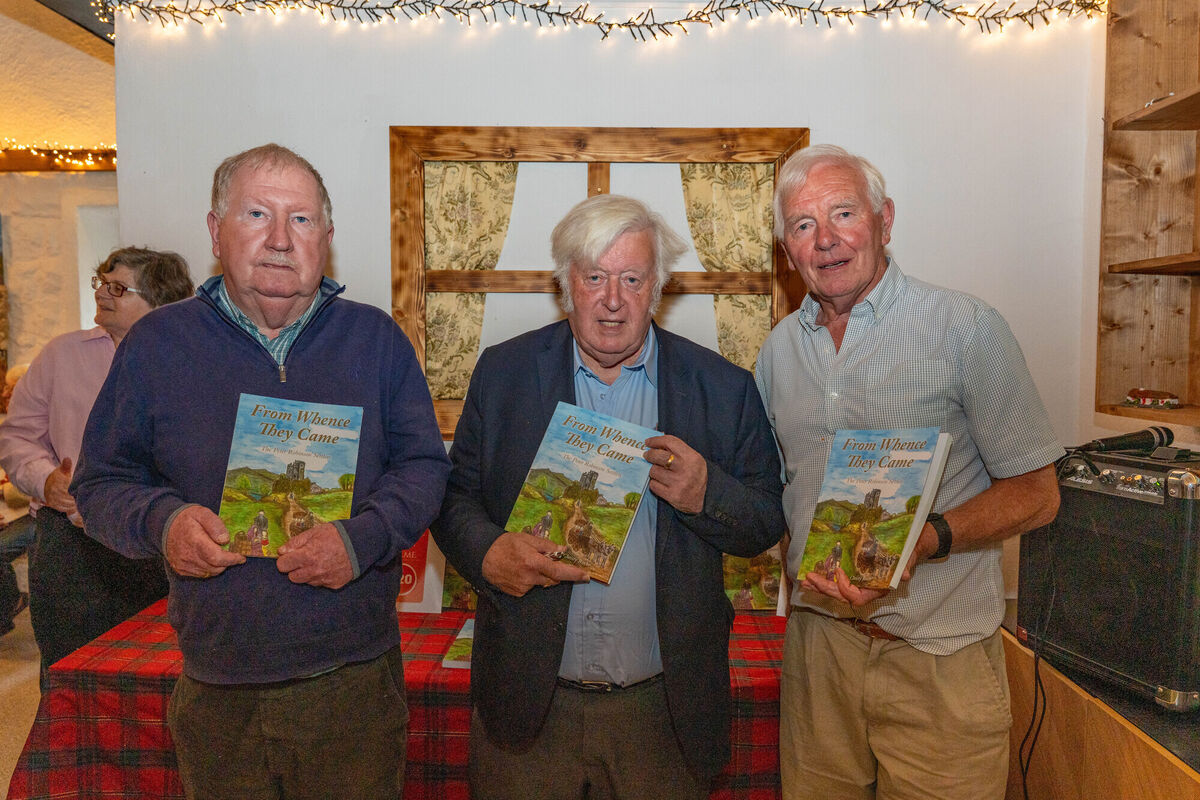

Christy Roche with a copy of his book From Whence They Came, at its launch at The Old Mill, Castletownroche. Pictures: Noel Sweeney
A new book explores a largely overlooked period of Irish history which, two centuries ago, saw more than 2,500 Irish men, women, and children, most of them from the Blackwater Valley in North Cork, migrate to Upper Canada.
That arduous journey began in the early 1820s, when a Canadian politician arrived in Fermoy and discussed with the local MP a radical proposal.
In 1823, Fermoy was a newly thriving garrison town.

Barely three decades earlier, Scottish entrepreneur John Anderson had purchased the lands on which the then village stood and established a staging point for the mail service the British government had franchised him to build in Ireland.
Around the turn of the new century, Anderson offered the British government – badly rattled by the failed French invasion of Ireland in 1795 – a free site for a military base in Fermoy.

In 1807, the Rev J Hall described the town as “a place rising fast into importance and containing about two thousand inhabitants, besides barracks for as many soldiers. A few years ago, Fermoy consisted of only a few miserable huts.”
A native of New Brunswick, Peter Robinson was a 38-year-old veteran of the War of 1812, and a successful businessman who had been twice elected to the Legislative Assembly of Upper Canada.
On June 2, 1823, Robinson arrived in Fermoy and met with Richard Lysaght Hare, the 50-year-old Viscount Ennismore, who had been the Tory MP for Co Cork since 1812.

Hare lived in Ballyhooly, in the newly built Convamore House, which would, a century later, be burnt in the War of Independence.
At Thomas Lindsey’s printing works on King St, which is now McCurtain St, they ordered posters detailing a planned ‘Emigration to Canada’ sponsored by the British government, and these were duly read out at Masses in Catholic schools in the region.
British thinking had it that Catholics were causing a lot of trouble in Ireland, specifically around North Cork, South Tipperary and South Limerick and too many loyal Irish Protestant subjects had already emigrated to Canada.
As a result of the initiative, two ships set sail the following month from the Cove of Cork (Cobh), carrying 564 emigrants bound for the Bathurst region of Upper Canada. In 1825, a further nine ships left Cobh to bring 2,024 emigrants to the Ontario region of Canada.

A new book by Fermoy historian Christy Roche explores a little-known period of Irish history, setting out a meticulously researched picture of life in the Blackwater Valley and the surrounding environs in the early years of the 19th century, a time when Irish Catholic peasants lived lives of grinding poverty under British rule.
The end of the Napoleonic Wars triggered a recession, banks failed, civil unrest was fomented by secret agrarian societies such as the Whiteboys and the Rockites, and a partial potato famine in 1822 was a portent of worse times to come.
Mr Roche’s accessibly written and beautifully produced book offers a fascinating insight into those times and documents the poor families who left Ireland to seek better lives in the New World.
From Whence They Came: The Peter Robinson Settlers by Christy Roche is available to buy in Philip’s Bookshop in Mallow and in Jim Bermingham’s newsagents, Fermoy.
Keep up-to-date with the top stories in Cork with our daily newsletter straight to your inbox.
Please click here for our privacy statement.
Have you downloaded your FREE  App?
App?

It's all about Cork!
Add Echolive.ie to your home screen - easy access to Cork news, views, sport and more